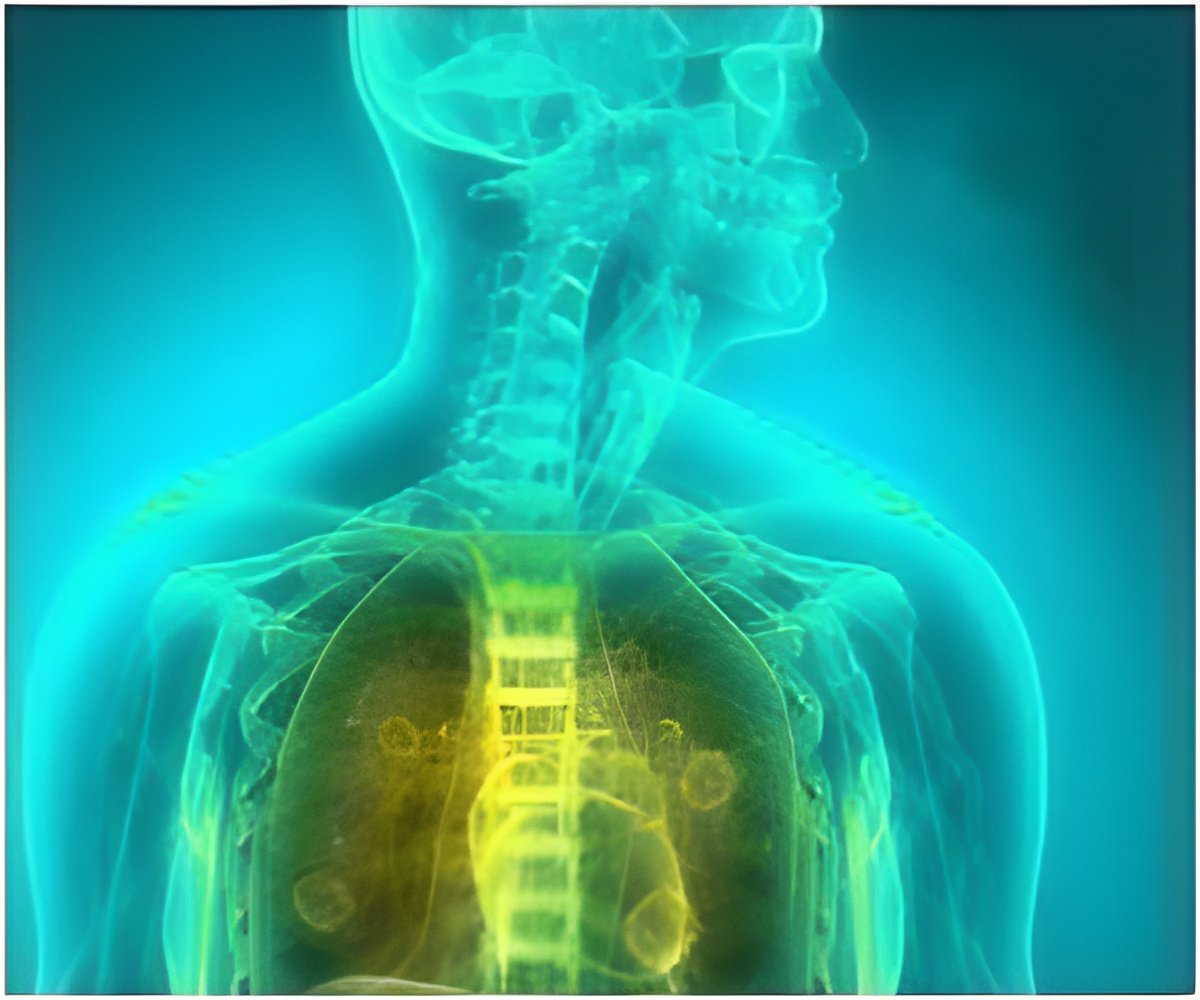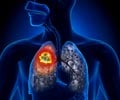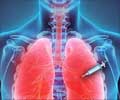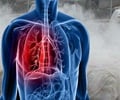In the era of personalized medicine, knowing what type of lung cancer a patient has is critical to determine which drug will work best and which therapies are safest.

Scientists at the Universities of North Carolina and Utah have developed a histology expression predictor for the most common types of lung cancer: adenocarcinoma, carcinoid, small cell carcinoma and squamous cell carcinoma. This predictor can confirm histologic diagnosis in routinely collected paraffin samples of patients' tumors and can complement and corroborate pathologists' findings.
Their findings were reported in the July 2013 issue of the Journal of Molecular Diagnostics.
Neil Hayes, MD, MPH, associate professor of medicine and corresponding author of the study says, "As we learn more about the genetics of lung cancer, we can use that understanding to tailor therapies to the individual's tumor. Gene expression profiling has great potential for improving the accuracy of the histologic diagnosis. Historically, gene expression analysis has required fresh tumor tissue that is usually not possible in routine clinical care. We desperately needed to extend the analysis of genes (aka RNA) to paraffin samples that are routinely generated in clinical care, rather than fresh frozen tissue. That is the major accomplishment of the current study and one of the first large scale endeavors in lung cancer to show this is possible."
"Our predictor identifies the major histologic types of lung cancer in paraffin-embedded tissue specimens which is immediately useful in confirming the histologic diagnosis in difficult tissue biopsy specimens." Dr. Hayes is a member of UNC Lineberger Comprehensive Cancer Center.
The scientists used 442 samples of formalin-fixed paraffin-embedded specimens from lung cancer patients at UNC and the University of Utah Health Sciences Center as they developed their predictor.
Advertisement
Dr. Hayes summarizes, "Going beyond meeting a current need of increasing the accuracy of histologic diagnosis is expected to be the ultimate benefit of this technology. There are many additional characteristics of tumors that could be leveraged for clinical purposes once the world of gene expression analysis from paraffin is efficient from clinical samples. We anticipate additional uses such as predicting responses to additional therapies and prognostication as near term additions."
Advertisement















